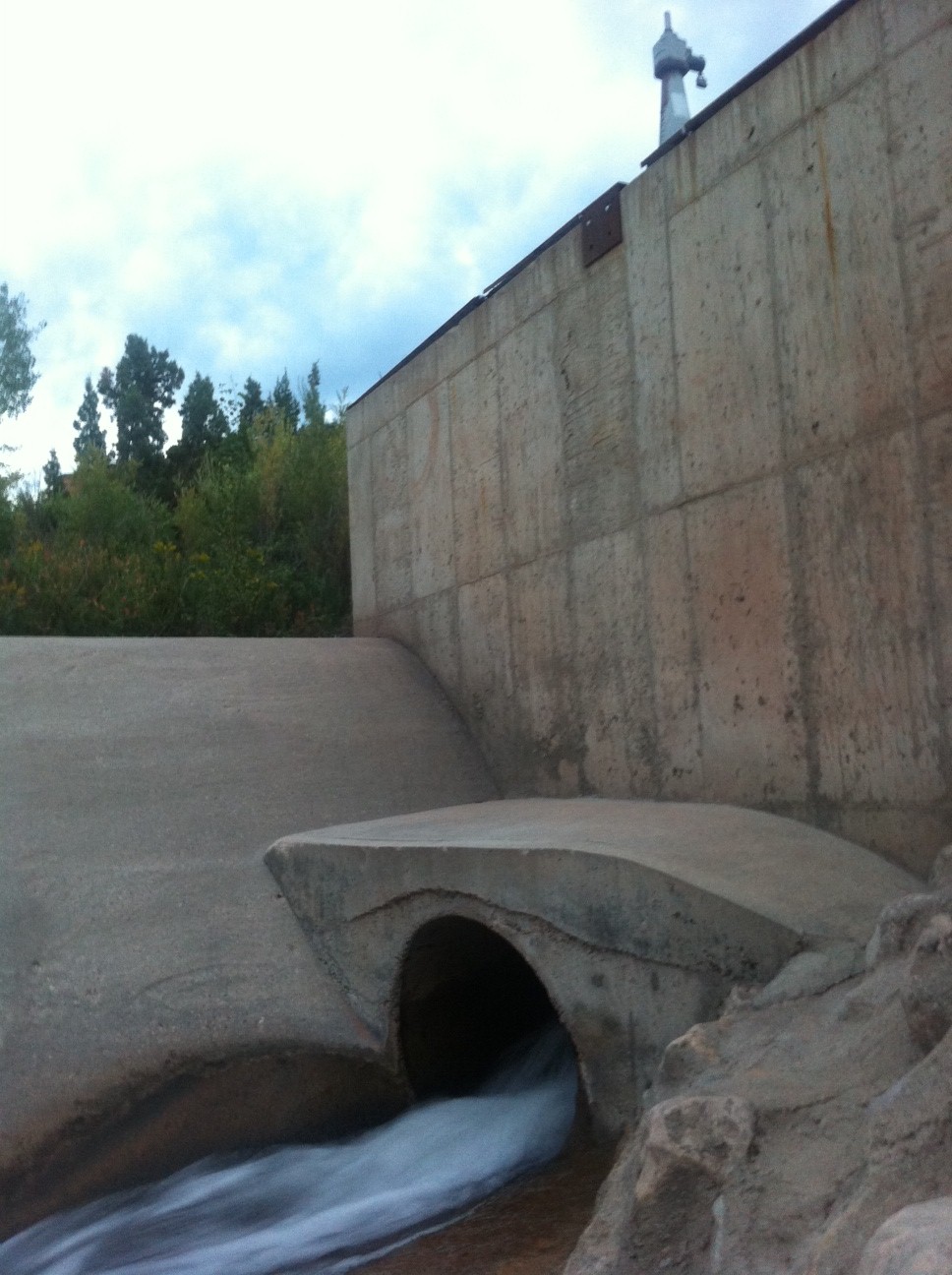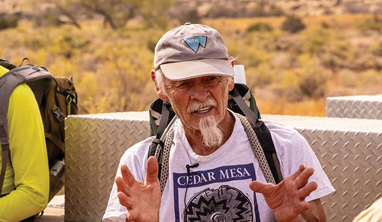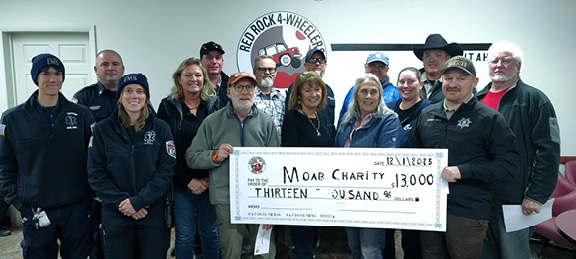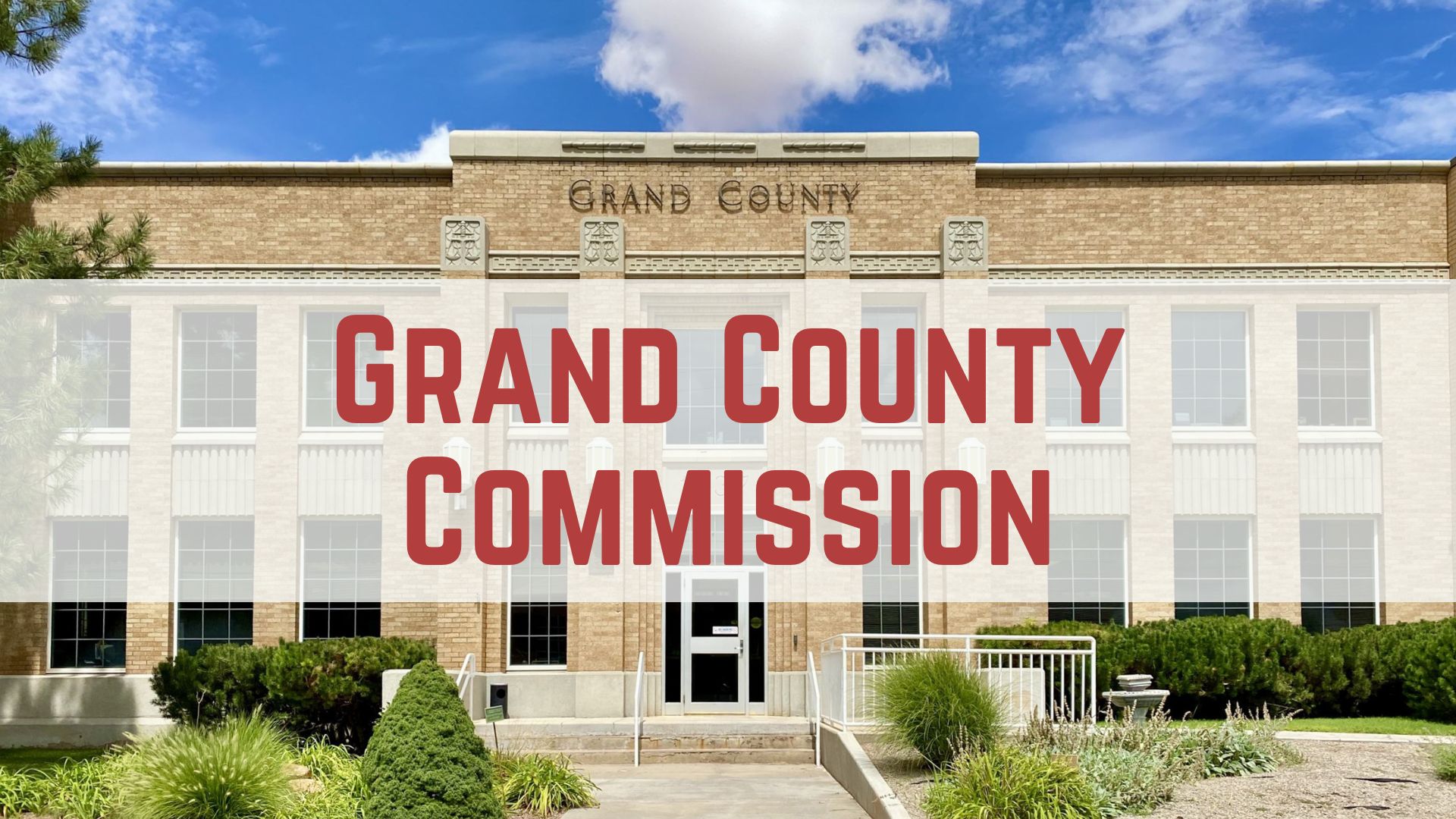Some information may be outdated.
Two low-water years in a row sparked conversation between the Grand Water and Sewer Service Agency (GWSSA) and the Bureau of Land Management (BLM).
Ken’s Lake, which is used by 165 irrigation users in Spanish Valley, has dropped to record levels, requiring markedly reduced allotments to farmers for two years in a row. The agency is considering diverting more water from Mill Creek to Ken’s Lake during winter months.
Mark Sovine, director of the GWSSA, presented a proposal to study the effects of reducing Mill Creek’s winter streamflow to the agency’s board at their meeting held Thursday, Sept. 5. The proposal will then be sent to the BLM for approval.
The agency is proposing a year-round, three-year study period to evaluate the effects of winter flow reductions in the south fork of Mill Creek from below the Sheley Tunnel diversion and approximately 8.5 miles downstream to the confluence with the north fork of Mill Creek.
At this time, GWSSA is only able to divert water from Mill Creek through the Sheley Tunnel to Ken’s Lake when streamflow is more than three cubic feet per second (cfs). In May, Sovine began discussions with the BLM to divert more water during winter months at the request of the GWSSA board.
GWSSA vice-president Gary Wilson felt the proposal was a “great start.”
“We appreciate the BLM’s help with this,” Wilson said. “We definitely need to monitor this and get a year or two for baseline data. At least we have somewhere to start.”
The BLM Moab Field Office created a technical committee, which met in June and July, to study the issue and provide recommendations.
Beth Ransel and Lisa Bryant, BLM managers from the Moab Field Office, attended the Sept. 5 meeting. They said that the next step would be to submit a Right-of-Way application with the proposal to their office.
They said that a public process and environmental assessment may be required.
Upon discussion, Sovine asked the agency board for two weeks to make modifications to the proposal.
“I’d like to incorporate from the comments from the technical committee to adjust the proposal, such as USGS putting in a permanent gauge, and even pay for it,” Sovine said.
City councilman Kyle Bailey said that he would like city staff to review the proposal and make recommendations as well.
John Weisheit, director of Living Rivers, said that he would like to have a long-term plan developed during the public comment portion of the meeting.
“I think the entire Colorado River Basin will run short of water,” Weisheit said. “There are talented people in this community that can help, including providing funding long-term.”
Chris Baird, director of the Canyonlands Watershed Council, said that he is concerned with the “de-watering of Mill Creek.”
“The stream is already being de-watered by over 75 percent, and now you’re asking to take it down even further,” Baird said. “When does that stop?”
Baird said that the real solution is to study the efficiency of irrigation users’ systems.
“I think it’s the long-term solution and the short-term solution,” Baird said. “I think that is the study that should be happening. Not the one that is being presented tonight.”
He pointed out that the lowest recorded streamflow is 2.1 cfs.
“If you reduce the streamflow below it’s lowest flow, what is going to happen?” he asked the board. “Use your common sense.”
Baird said that he is upset that he was not permitted to attend the technical committee meetings.
“I want to ask the board to open these technical meetings to the public. To have these meetings closed to the public is absurd and outrageous,” Baird said. “Create at least two more positions with conservation interests. Make it an accountable message.”
Sovine expressed frustration with Baird’s accusations about having closed meetings.
“I was asked to go to the BLM with this by the board,” Sovine said. “I suggested bringing in a member of the public. I suggested bringing John (Weisheit) in.”
Sovine said that the BLM requested to have only the technical committee present at the meetings, which was confirmed by Bryant.
“Look at it from my perspective: this has been a closed process that no member of the public has been privy to,” Baird said.
Recordings of the technical committee meetings have been available on the GWSSA web site, Sovine said. He also pointed out that he sent the proposal to Baird before the agency’s meeting for review.
Sovine said that the proposal is only a starting point.
“I’m sure this proposal will be discussed and modified,” Wilson said. “We haven’t decided to do this. It is the BLM that makes that decision.”
The draft proposal stated that if the flow in Mill Creek was reduced below 3 cfs from approximately October 15 to March 15 and diverted to Ken’s Lake; it could provide as much as 450 acre feet of water to the reservoir prior to the start of the irrigation season.
“While 450 acre feet is less than 12-percent of the Agency’s water right; in 2013 it would have increased available irrigation water by 73-percent,” the draft proposal stated. “This action could have reduced or possibly eliminated the number of days Ken’s Lake level was below the 400 acre feet conservation pool and potentially eased some of the restrictions placed on users.”
Irrigation allotments were cut to 50 percent in April. By the GWSSA’s meeting on May 22, the allotments were dropped to 40 percent. Monsoonal weather this summer has allowed for continued irrigation, but at the Sept. 5 meeting Sovine said that half a dozen users have been cut off for using their full allotment.
“We’ve had some pretty good rains over the last few months. The lake had gone down, then went up a bit,” Sovine said. “For what we’ve been through, it is better than I hoped for. We have 75 acre feet more of water than we were at this time last year.”
Appreciate the coverage? Help keep local news alive.
Chip in to support the Moab Sun News.





